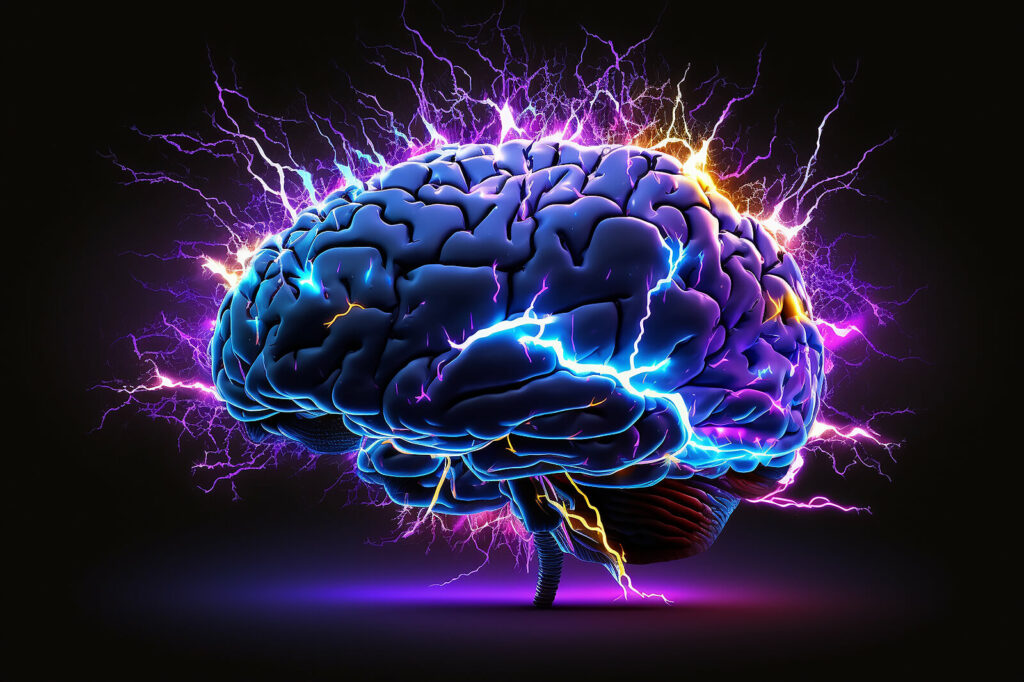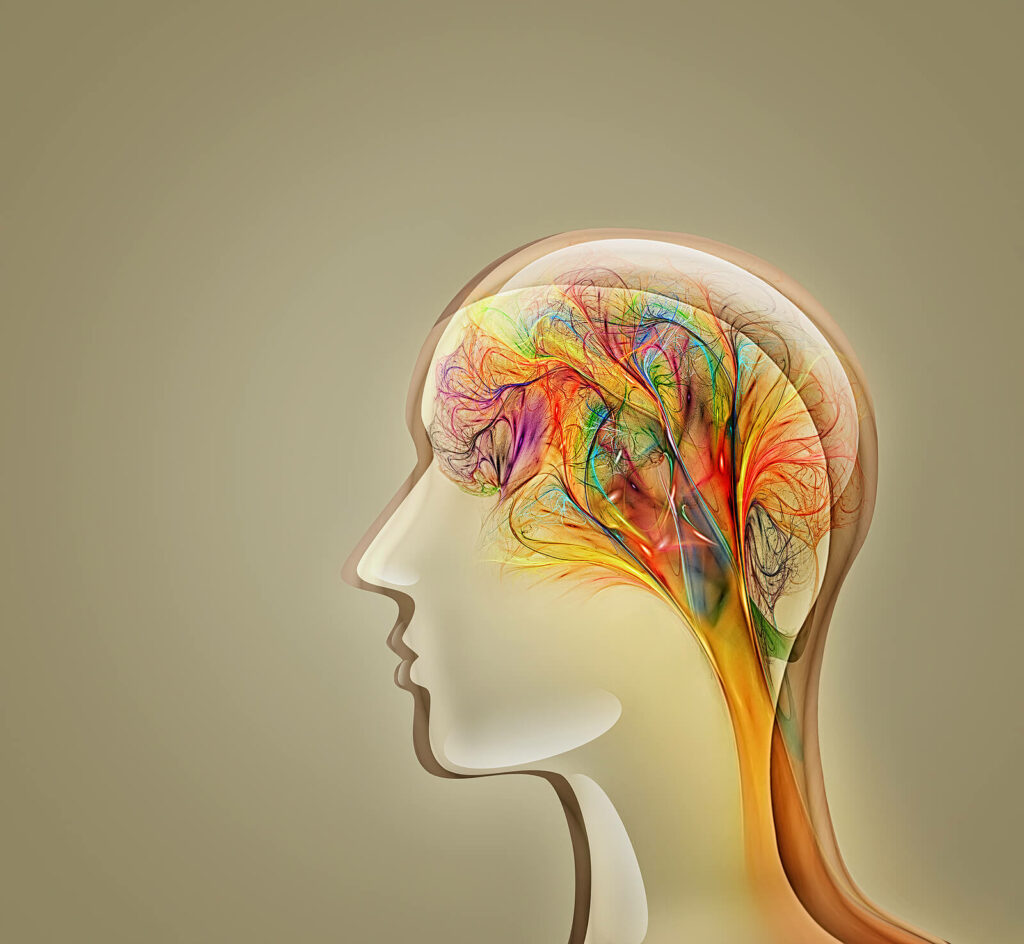The standard of care for depression is talk therapy and medication. What happens if you’ve been doing this for months or years? What happens when you don’t feel like it is helping?
You keep going with what you have because:
- It is too hard to schedule an appointment with your psychiatrist
- Your psychiatrist doesn’t get back to you
- It is too hard to find a new therapist and start your WHOLE story over again
Neurofeedback for depression with DCNE helps break these cycles. It breaks these cycles because scheduling is easy, we get back to you and you don’t have to spill your guts over and over again.
Our Expertise in Neurofeedback for Depression Therapy
Schuyler Cunningham, our Director, has written a book on neurofeedback and his chapter on neurofeedback is published in the Social Worker’s Desk Reference Guide (see chapter 60).
Neurofeedback is an evidence-based treatment for depression. 50 years of advanced research shows how neurofeedback is effective and is a compliment to the current standard of care.
What is Neurofeedback for Depression?
Neurofeedback is the practice of training the brain to function better. There are a few different kinds of neurofeedback. DCNE also uses many forms of amplitude training to target brain waves, including Alpha/Theta training, as well as z-score training, and infra-slow fluctuation (ISF) neurofeedback. These are all accepted forms of neurofeedback and can be very effective.
We don’t fit you or your brain into a box. We use the best kind of neurofeedback for depression for you.
What to Expect During Neurofeedback for Depression Therapy
We begin our neurofeedback process with a QEEG. The QEEG is the baseline measure of your brain wave activity. We turn the data from a QEEG into a BrainMap. The Brain Map is a summary of the brain wave activity during the QEEG.
Most other practices haven’t invested in the extensive training required to administer and interpret a QEEG. That means you have no idea how the neurofeedback training is going. We have invested. We will show you the results.
Our motto is a reframe of the famous Gandhi quote “Be the change you wish to see.” We say “See the change you wish to be!” A QEEG allows you to see how you’re improving with neurofeedback for depression.
The Brain Map Helps Us Decide the Best Application of Neurofeedback
From the Brain Map we decide the best form of neurofeedback training for your brain and to meet your goals. When you’re done with your neurofeedback training we take another QEEG and make another Brain Map. Then we SHOW YOU the results so you can see for yourself.
A QEEG cannot be used to make a mental health diagnosis. It can support and further explain a diagnosis.
Neurofeedback Training Begins After the QEEG
Neurofeedback training is the next step after the QEEG. It is the actual practice of training the brain to function better.
Neurofeedback trains the brain to function better but rewards and/or inhibits brain waves that might prevent the brain from functioning most healthily. The goals of the training are always set by you so that we know which mental health symptoms we want to reduce or enhance.
You are Involved Every Step of the Way
This can be very hard to understand. Three are technical words, abbreviations, and YOUR BRAIN!
To bring you along during your neurofeedback for depression we will send you several emails during your neurofeedback training. These emails educate you about the process. They also seek your input about how it is going. We want to hear from you about what you’re experiencing. You are the most important part of this equation.
Your Commitment to Neurofeedback for Depression
Neurofeedback for depression sessions is usually about 45-60 minutes long. We encourage training two times per week. It makes the whole process faster for you and people tend to get better results.
Most people do at least 25-30 sessions. The number of sessions you need will be determined as we go. That is why you’re involved every step of the way.
We offer neurofeedback for depression because it is effective. We have seen it work over and over again. There is the potential for side effects and we are happy to discuss those before neurofeedback for depression begins.
Our clients see a marked improvement in their mental health symptoms after using neurofeedback for depression. Many of them can reduce or even stop their medication entirely. In fact, we do neurofeedback because so many of our clients asked for something besides medications.
Begin Neurofeedback for Depression in Washington, DC
If you’re sick of the medication rat race. Or if you’re sick and tired of “Uh-huh, tell me more” therapists. Maybe you are ready for something new.
Begin neurofeedback for depression now.
Our clients love the results they get from neurofeedback, that it sticks over time, and that they can often come off or reduce the dose of their medications.
We will guide you through the process. We offer consultations for anyone interested in our services or who wants to know more. You can book your consultation on our website, by texting us at 202-998-2343 (ADHD), or by emailing [email protected].
We offer free consultations because we want to answer your questions before we begin neurofeedback for depression. We are your resource, even if you don’t work with us.
Beyond Neurofeedback for Depression
In addition to cutting-edge neurofeedback, we offer:
- Comprehensive mental health assessments
- ADHD mental health assessments for children and adults
- EMDR-focused therapy for trauma
- ADHD focused therapy
- Therapy for Anxiety
- Therapy for Depression
We aren’t just an “uh huh, tell me more” kind of therapy practice. At DCNE we want to get in there with you and provide real tangible results. We do this through assessments, behavioral counseling, and emotional processing to deal with the stigma of mental health and not feeling good enough.
It is a complete package to get you where you want to be. Get in touch with us today.


